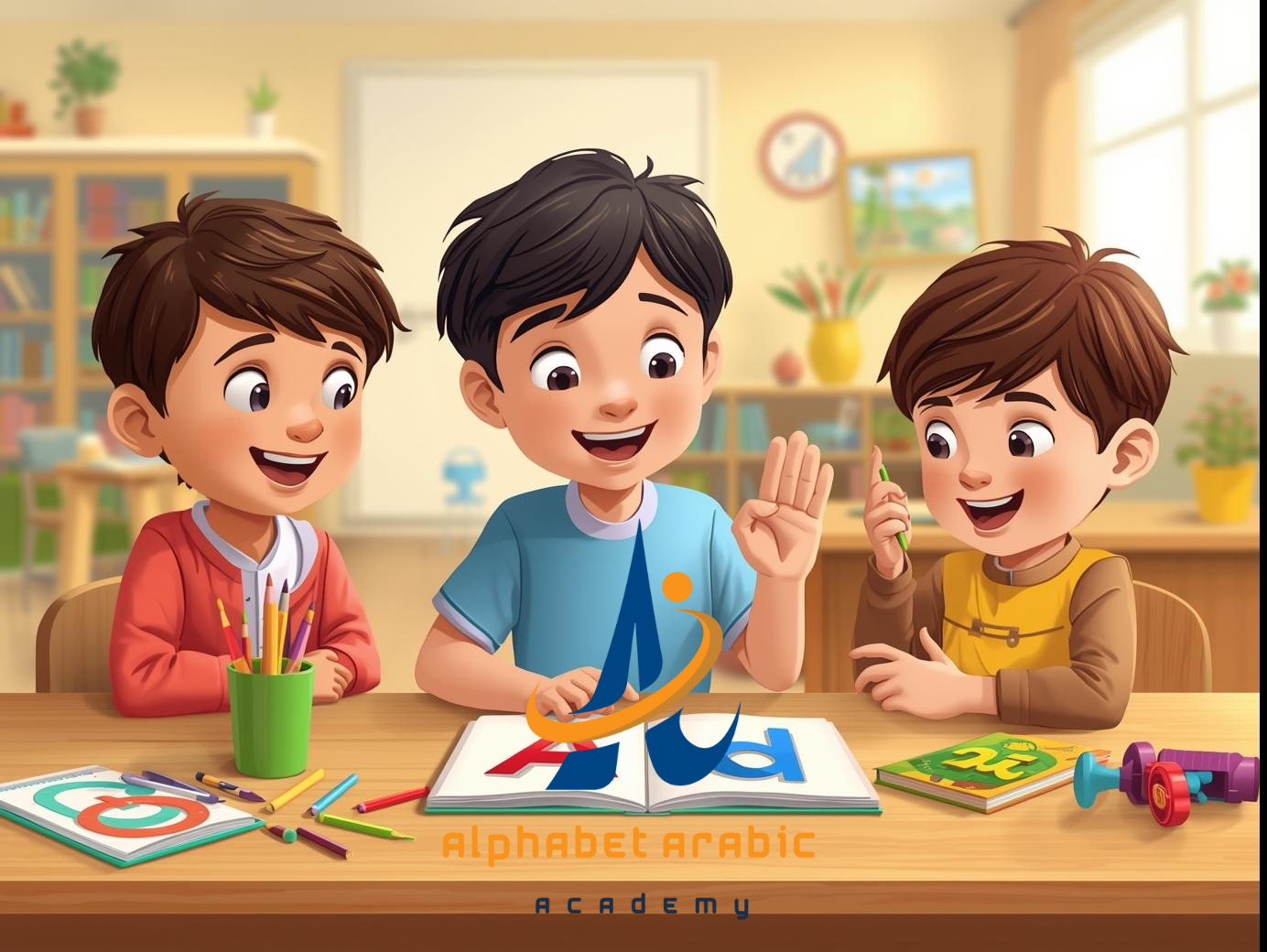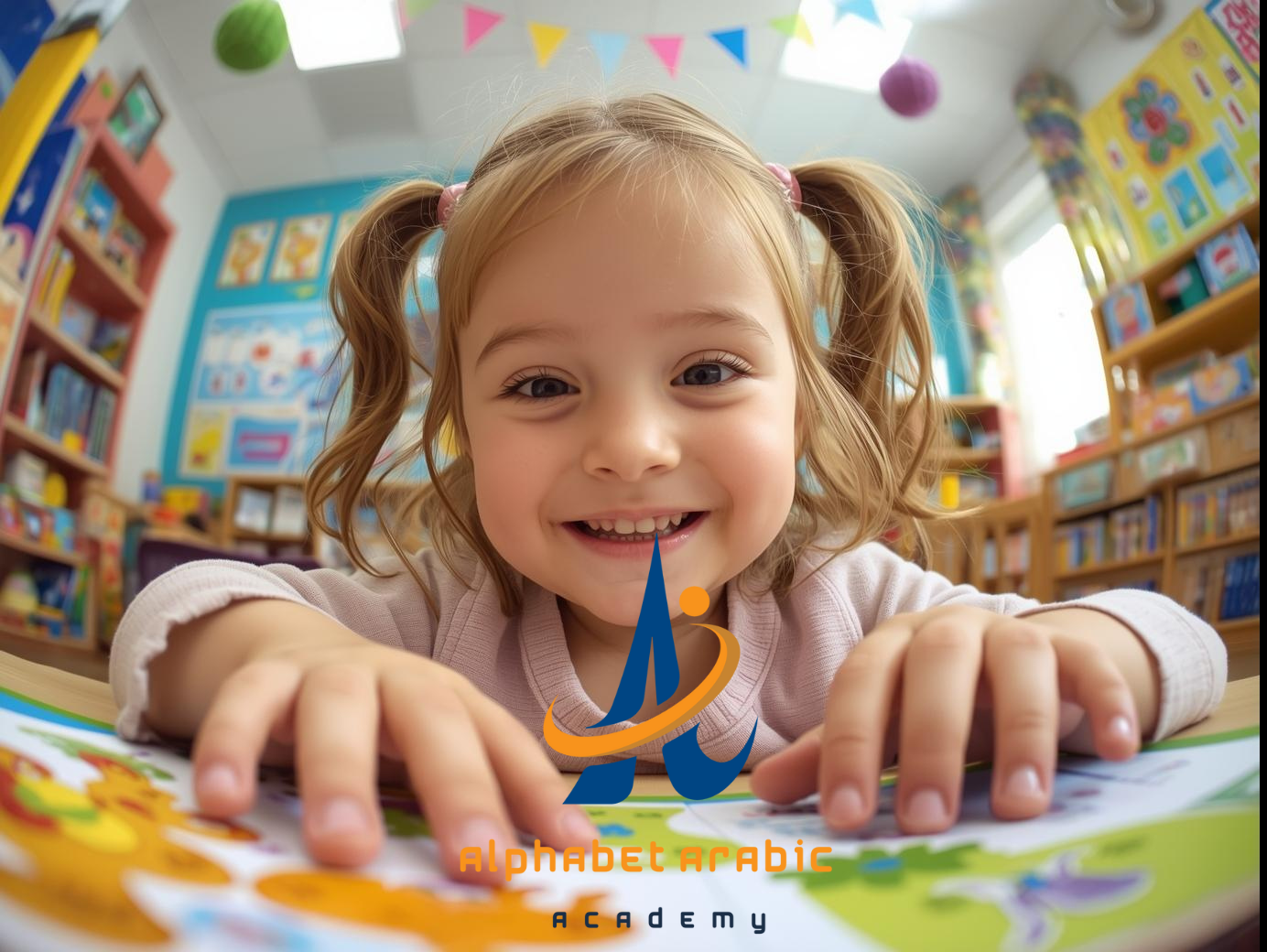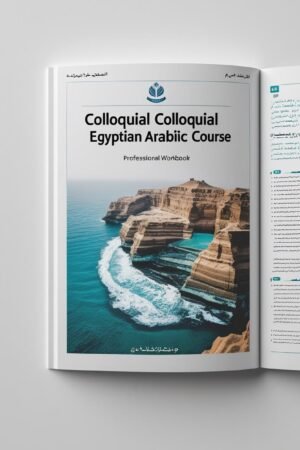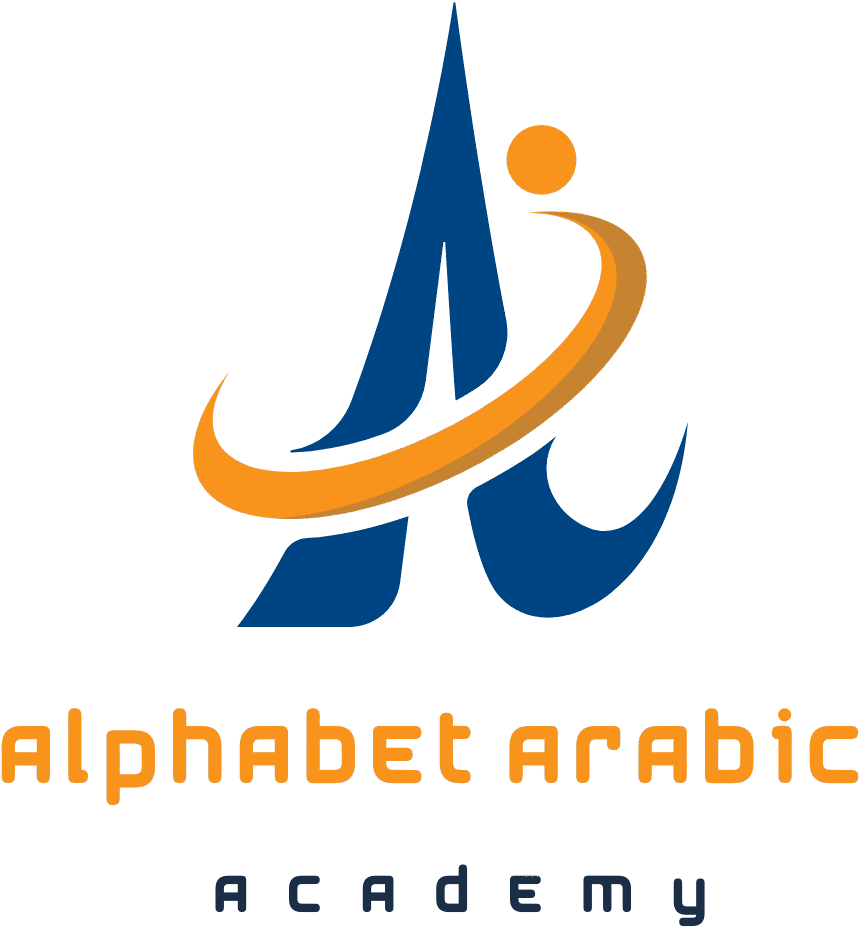Want your child to love learning Arabic?
🎉 Make it fun, exciting, and interactive , How to make Arabic fun for children!
✅ Playful games & puzzles – Turn learning into an adventure! 🧩
✅ Songs & music – Sing along to catchy Arabic tunes! 🎶
✅ Creative storytelling – Bring Arabic words to life! 📖
✅ Arts & crafts – Paint, draw, and shape Arabic letters! 🎨
✅ Interactive apps & cartoons – Learn with technology! 📱

Say goodbye to boring lessons! Join us today and make Arabic easy & fun for your child. 🚀
Arabic is a beautiful and rich language, but making it enjoyable for children can be a challenge. The key is to make learning interactive, engaging, and fun. Whether you are a parent, teacher, or looking for a Home Quran Teacher Near Me, this guide will provide creative ways to help kids love learning Arabic.
1. Teach Children Arabic Easily
To make Arabic easy and fun for children, follow these simple steps:
- Start with the basics – Teach common words, phrases, and everyday expressions.
- Use visual tools – Flashcards, posters, and colorful worksheets make learning engaging.
- Encourage daily practice – Even 10-15 minutes a day can make a difference.
- Make it playful – Learning should feel like a game, not a chore.
2. Arabic Playground Activities
Creating an Arabic learning space at home or in a classroom helps children feel comfortable and excited about learning.
- Set up an Arabic corner – Decorate with posters, wooden letters, and interactive tools.
- Introduce sensory play – Use playdough to shape letters or sand trays for writing practice.
- Use games and puzzles – Encourage kids to learn while having fun.
3. How to Teach Arabic for Non-Native Speakers
For children who don’t speak Arabic at home, these strategies can help:
- Use pictures and gestures – Visual aids help connect words to meaning.
- Encourage listening and speaking – Simple daily conversations in Arabic improve fluency.
- Leverage technology – Online programs, apps, and cartoons make learning interactive.
4. Engaging Games for Language Learning online
Games help children retain new words and grammar naturally.
- Board games & bingo – Use them to teach new vocabulary.
- Matching games – Pair words with pictures for better memorization.
- Scavenger hunts – Find objects in the house that match Arabic words.
4.1 Interactive Apps for Kids
Technology makes Arabic learning more exciting. Some top apps include:
✅ Duolingo – Fun lessons with levels and rewards.
✅ AlifBee – Teaches Arabic letters and words interactively.
✅ Gus on the Go – Engaging stories and vocabulary games.
5. Creative Storytelling Sessions
Stories help children connect with the language and improve comprehension.
- Read Arabic books – Choose age-appropriate fairy tales and stories.
- Create your own stories – Encourage kids to make up their own adventures in Arabic.
- Use puppets or characters – Bring stories to life with role-playing.
5.1 Design Story-Based Lessons
Make storytelling interactive:
- Ask questions about the story – Helps with comprehension.
- Act out the story – Involves movement and creativity.
- Recreate the story with drawings – A visual learning approach.
6. Utilize music for teaching Arabic.
Music helps children memorize words, improve pronunciation, and enjoy learning.
- Sing Arabic nursery rhymes – Reinforces letters and sounds.
- Use hand motions – Helps with word association.
- Play Arabic songs in the background – Creates familiarity with the language.
6.1 Songs for Language Learning
Some great Arabic learning songs include:
🎵 “Alif Baa Taa” – Introduces Arabic letters.
🎵 “Days of the Week in Arabic” – Helps with calendar vocabulary.
🎵 “Animals in Arabic” – Teaches animal names and sounds.
7. Incorporate Arabic Art & Craft
Art and crafts make learning hands-on and fun.
- Create Arabic alphabet posters – A fun way to learn letters.
- Paint Arabic words – Helps with memorization and creativity.
- Use playdough to form Arabic letters – Great for hands-on learning.
7.1 Craft Projects with Vocabulary
- Make Arabic word collages – Cut and paste Arabic words from magazines.
- Design flashcards – Have kids draw pictures for each word.
- Create bookmarks – Write favorite Arabic phrases on them.
8. Arabic Language Role-Playing
Role-playing helps children gain confidence in speaking Arabic.
- Act out real-life situations – Ordering food, greeting a friend, going shopping.
- Use props and costumes – Makes it more engaging.
- Encourage group activities – Practicing with peers builds confidence.
8.1 Role-Play Common Scenarios
🎭 At the grocery store – Learn words for fruits and vegetables.
🎭 Visiting a zoo – Practice animal names and sounds.
🎭 Ordering food at a restaurant – Teach polite Arabic phrases.
9. Leverage Arabic Cartoons
Watching cartoons in Arabic improves listening skills and comprehension.
- Choose educational cartoons – Shows like “Alif Baa Taa” are great for beginners.
- Turn on Arabic subtitles – Helps with word recognition.
- Discuss the episode – Ask kids to explain what they learned.
9.1 Discuss Cartoon Episodes
- What was the story talk about?
- Which fresh terms have you acquired?
- What was the solution the characters found for their problem?
10. Fun Arabic Writing Exercises
Writing should be fun and stress-free.
- Practice with whiteboards – Erasing mistakes makes it less intimidating.
- Use printable worksheets – Helps with letter formation.
- Write Arabic words in sand or rice – Makes it sensory and interactive.
10.1 Creative Writing Prompts
- Write a short story in Arabic about a favorite pet.
- Describe your dream vacation in Arabic.
- Create a comic strip in Arabic.
11. Online Arabic Learning Platforms
For structured learning, online courses are a great option.
🌍 Start your Arabic learning journey – Affordable lessons from $40.
11.1 Utilize Kid-Friendly Platforms
📌 Interactive lessons – Videos, quizzes, and activities.
📌 Native Arabic teachers – Improve pronunciation.
📌 Flexible schedules – Learn at your child’s pace.
FAQs
How does music impact the process of learning a language?
Music improves memory, pronunciation, and rhythm.
Can cultural immersion aid language learning?
Yes, it makes Arabic more relatable and meaningful.
📢 Enroll Today!
Want to make Arabic fun and engaging for your child? Sign up for affordable lessons starting at just $40!
📌 Book a trial lesson now: Contact Us
📌 Pricing for kids: View Plans
Follow us on social media for more Arabic learning tips! 🚀






